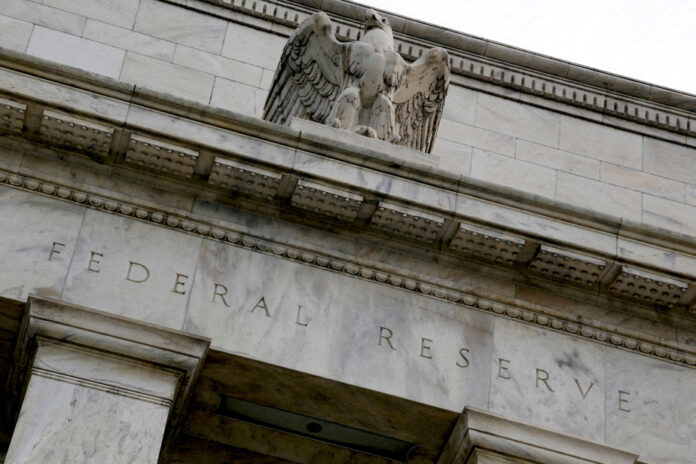The US Federal Reserve’s most closely watched measure of inflation slowed significantly in February, an encouraging sign for its policymakers who plan to raise interest rates further to slow the economy and rein in rising prices. .
The personal consumption expenditure index fell to 5% on an annual basis in February, from 5.3% in January, and is slightly below the forecast of economists polled by Bloomberg. This is the lowest index since September 2021.
Excluding food and fuel prices, which are volatile month-to-month, the so-called “core” measure, which attempts to gauge trends underlying inflation, also fell more than expected. , both on an annual basis and on a monthly basis.
This new data is the latest evidence that inflation has turned a corner and is decelerating, albeit the process is gradual and bumpy at times.
Central bankers monitor developments in inflation, the labor market and consumer spending. They will also closely monitor financial markets and credit metrics to determine how recent bank failures are likely to weigh on lending, which could slow the economy.
Fed leaders have rapidly raised interest rates over the past year in an attempt to rein in inflation, pushing them from near zero a year ago to just under 5% in March. But they hinted that those hikes were nearing an end, anticipating just one more rate hike this year. Jerome Powell, the Fed’s chairman, has hinted that the institution may stop adjusting policy altogether if problems in the banking sector weigh on the economy significantly enough.
“In assessing the need for further increases, we will focus on upcoming data and the changing outlook, and in particular our assessment of the actual and expected effects of the credit crunch,” Mr. Powell said during the a press conference after the Fed’s latest rate decision last week.
The Fed raised rates by a quarter point at this meeting.
But inflation remains exceptionally strong: although it is slowing, it is still more than double the 2% target set by the Fed. Elsewhere, turbulence in banks appears to be easing, with US government officials announcing in recent days that deposit flows have stabilized.
Fed officials speaking this week hinted they may need to do more to fight price rises and pushed back on forecasts that they could cut rates this year.
“Inflation remains too high and recent indicators give me comfort that there is still work to be done,” Susan Collins, chair of the Boston Federal Reserve, said in a speech on Thursday.
Ms. Collins does not have a vote on monetary policy this year.
Friday’s report also showed that consumer spending fell in February from the previous month. The inflation-adjusted personal spending measure fell 0.1%, in line with economists’ forecasts. But the data has been revised up for January, suggesting consumer spending has grown faster than thought at the start of the year.















